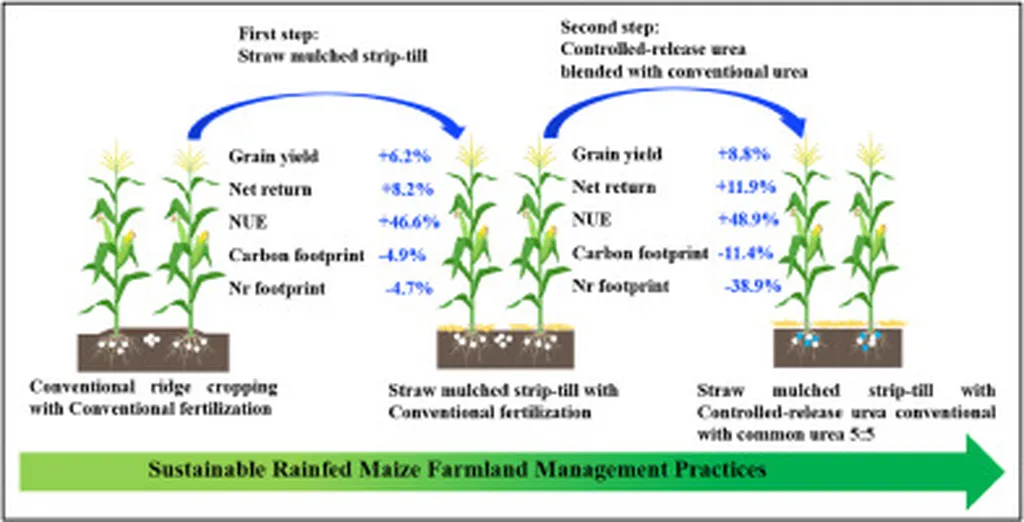In the heart of South Korea, a groundbreaking study led by Jong-Hyeong Lee from the Gyeonggi-Do Agricultural Research & Extension Services is challenging conventional wisdom in maize cultivation. The research, published in the journal *Agrochemicals* (which translates to *Agrochemicals* in English), explores the potential of controlled-release coated fertilizers (CRCFs) to revolutionize nitrogen management in maize farming. The findings could have significant implications for the energy sector, particularly in reducing the environmental footprint of agricultural practices.
Maize, a staple crop worldwide, is notorious for its high nitrogen requirements. Traditional fertilization methods often lead to excessive nutrient runoff, contributing to environmental degradation and economic inefficiencies. Lee’s study aimed to address these issues by evaluating the performance of CRCFs in upland maize systems. The two-year field experiment, conducted from 2017 to 2018, compared various nitrogen application rates using CRCFs against conventional NPK fertilization.
The results were striking. CRCF treatments not only matched but often exceeded the yields achieved with conventional methods, despite using less than half the recommended nitrogen input. “We found that the optimal nitrogen application rate using CRCFs was significantly lower than what is typically used,” Lee explained. “This reduction in nitrogen input translates to substantial economic and environmental benefits.”
The study highlighted several key advantages of CRCFs. The sigmoidal nutrient release and subsurface placement of these fertilizers contributed to a marked reduction in nutrient losses. In 2017, the application of CRCFs significantly decreased the concentrations of total nitrogen (TN), nitrate nitrogen (NO3−–N), and total phosphorus (TP) in surface runoff. Additionally, nitrogen use efficiency (NUE) improved by up to 71.2%, demonstrating the potential for more sustainable and efficient agricultural practices.
The commercial implications for the energy sector are profound. As the global push towards sustainable agriculture intensifies, the adoption of CRCFs could play a pivotal role in reducing the environmental impact of maize cultivation. “This strategy enhances nitrogen use efficiency, reduces environmental risks, and offers economic benefits by enabling a single basal application,” Lee noted. The study suggests that CRCFs can maintain maize yield while significantly reducing nitrogen input, aligning with the principles of climate-smart agriculture.
The research also underscores the importance of further multi-site studies to validate these findings under diverse agroecological conditions. As the agricultural industry continues to evolve, the insights gained from this study could shape future developments in fertilizer technology and sustainable farming practices. The findings published in *Agrochemicals* offer a promising glimpse into a future where agriculture is not only more productive but also more environmentally responsible.

